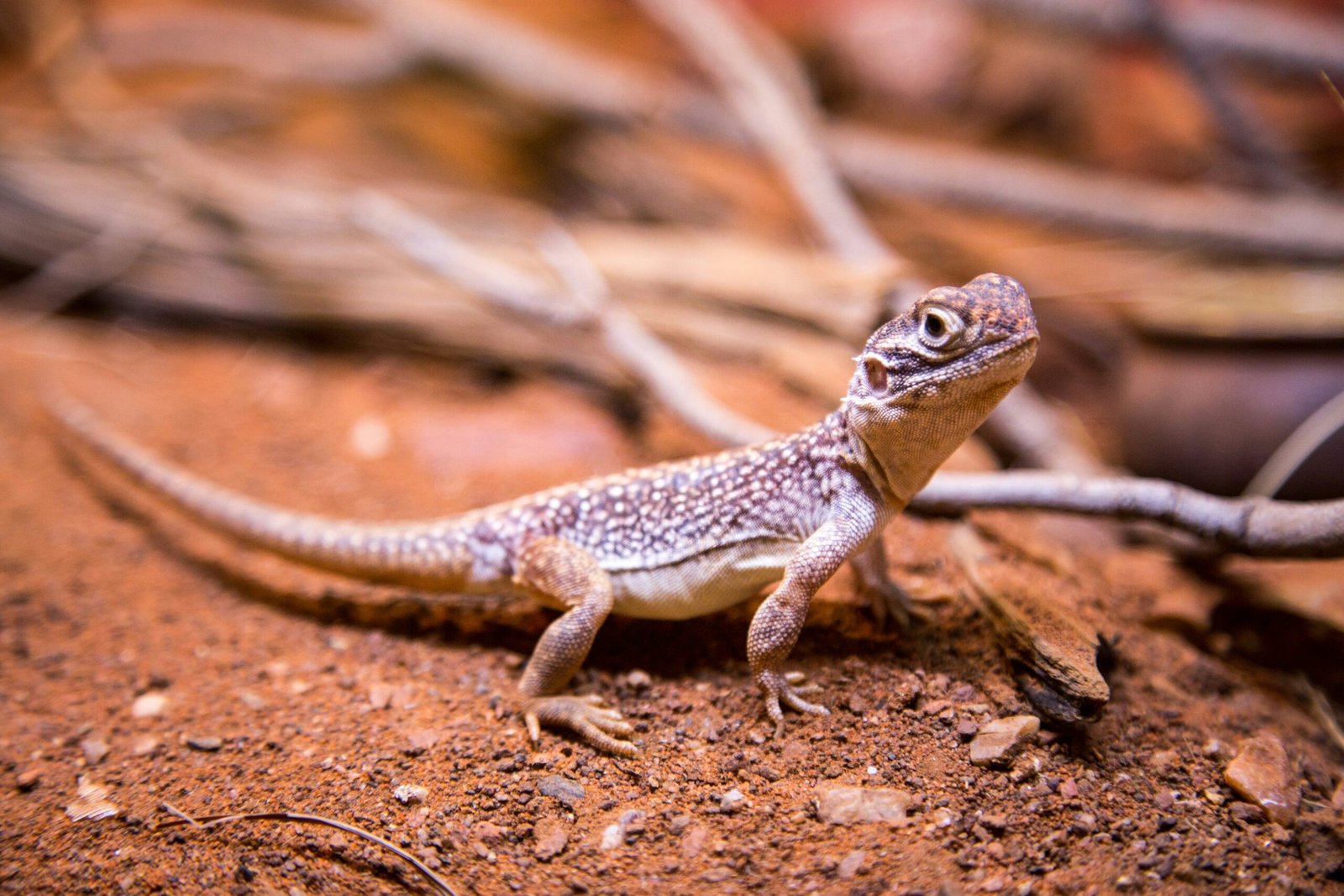Have you ever wondered if your tarantula could share its enclosure with other live invertebrates? Adding companions to a tarantula’s habitat might sound appealing at first, but it raises many questions. You might consider it to mimic a more natural environment or perhaps to increase the complexity and interest within the habitat. Regardless of the reason, it’s essential to understand both the benefits and potential pitfalls of such an arrangement. Let’s unravel whether tarantulas can cohabitate with other invertebrates successfully.

Tarantulas: The Solitary Arachnids
Tarantulas are fascinating creatures, known primarily for their solitary nature. In the wild, they spend much of their lives alone, coming into contact with others of their kind mainly for mating purposes. These arachnids are built to manage their environment independently, which poses an initial challenge when considering adding companions to their enclosure.
Natural Habitat and Behaviors
Understanding a tarantula’s natural habitat gives you insights into its behavior. Most species thrive in environments that reflect their native climate—ranging from humid rainforests to arid deserts. These spiders are burrowers or tree-dwellers, and they play an essential role as predators in their ecosystems. Their meals typically consist of insects and occasionally small vertebrates, requiring them to remain focused and undistracted when hunting.
The Solitary Nature and Its Implications
Tarantulas are inherently solitary, and this trait extends to their territorial behavior. This solitary nature means that introducing other creatures, even those from similar environments, could lead to stress or conflict. They are masters of their domain and generally show little to no tolerance for others, including other tarantulas, within their sphere.
Compatibility: A Risky Proposition
Before considering the idea of adding companions to an enclosure, it’s crucial to weigh the risks of cohabitation. While some may see potential benefits, the process is fraught with challenges that can affect the well-being of all invertebrates involved.
Benefits of Mixed Invertebrate Enclosures
There are indeed scenarios where mixing invertebrates can be beneficial. For instance, certain invertebrates can help maintain cleanliness within the enclosure by consuming mold or leftover food. In some curated environments like vivariums, companion species may add visual interest and environmental diversity.
Potential Risks and Challenges
Unfortunately, the risks often outweigh the benefits when it comes to cohabitating tarantulas with other invertebrates. These risks include:
- Aggression and Territoriality: Tarantulas might not tolerate other creatures infringing on their space, leading to potential confrontations.
- Predatory Behavior: Your tarantula may see other invertebrates as a food source rather than companions.
- Stress and Health Issues: Unwanted cohabitation can lead to stress, impacting a tarantula’s health and longevity. Stress can manifest physically in refusal to eat or abnormalities in molting.
Species That Are Incompatible
Most invertebrates, especially those of significant size or with similar habitats, are usually incompatible with tarantulas. Jumping spiders, scorpions, and other arachnids are generally best kept in isolation, given their potential for territorial behavior and conflict.

Exploring Suitable Invertebrate Companions
For those determined to experiment despite the challenges, choosing the right companions is critical. The goal is to find species that won’t be seen as either a threat or a meal by the tarantula.
Criteria for Compatibility
When assessing potential companions, consider their size, defensive nature, habitat compatibility, and role in the environment. Ideally, a companion should neither pose a threat to the tarantula nor draw aggressive behavior from it.
Examples of Potential Companions
Here are some invertebrates sometimes considered for living with tarantulas:
| Invertebrate | Benefits | Challenges |
|---|---|---|
| Isopods | Cleanup crew, moisture | May be eaten, escape risk |
| Springtails | Mold control, small size | Small enough to escape |
| Snails (non-toxic) | Algae and detritus control | May require different care |
| Millipedes | Soil aeration | Size and toxicity issues |
Keep in mind that these examples could still encounter issues, so careful monitoring is crucial.

Setting Up the Enclosure
If you decide to pursue a mixed-species enclosure, preparation is key. A well-designed setup helps minimize conflict and allows each species to thrive within its microenvironment.
Designing the Habitat
Focus on replicating each inhabitant’s natural environment as closely as possible. This includes appropriate temperature, humidity, substrate, and secure hiding spots for all species. Achieving this balance will be challenging, given differing needs among species.
Managing Space
Ensure the enclosure is spacious enough for all its occupants. More room allows each species to establish its territory and reduces the likelihood of encounters turning aggressive.
Observations and Monitoring
Continuous observation and careful monitoring are vital. Introducing new species requires you to check for signs of stress or conflict. Regularly ensuring all inhabitants are thriving should be a priority.

Conclusion
Can tarantulas be kept in enclosures with live invertebrate companions? While it’s achievable under strict conditions, the reality is that tarantulas naturally prefer solitude. Introducing companions demands extensive research, planning, and careful attention to both individual species needs and the overall enclosure environment. Being prepared for possible issues, and being ready to separate species if necessary, serves as a sensible approach for anyone considering this path.
In summary, while mixing species might offer some aesthetic or practical benefits, it’s often advised to maintain a tarantula’s solitude unless you are genuinely committed to providing an elaborate, compatible environment. Understanding your tarantula’s nature, alongside thorough preparation, can make the difference between a harmonious habitat and one fraught with risks.
